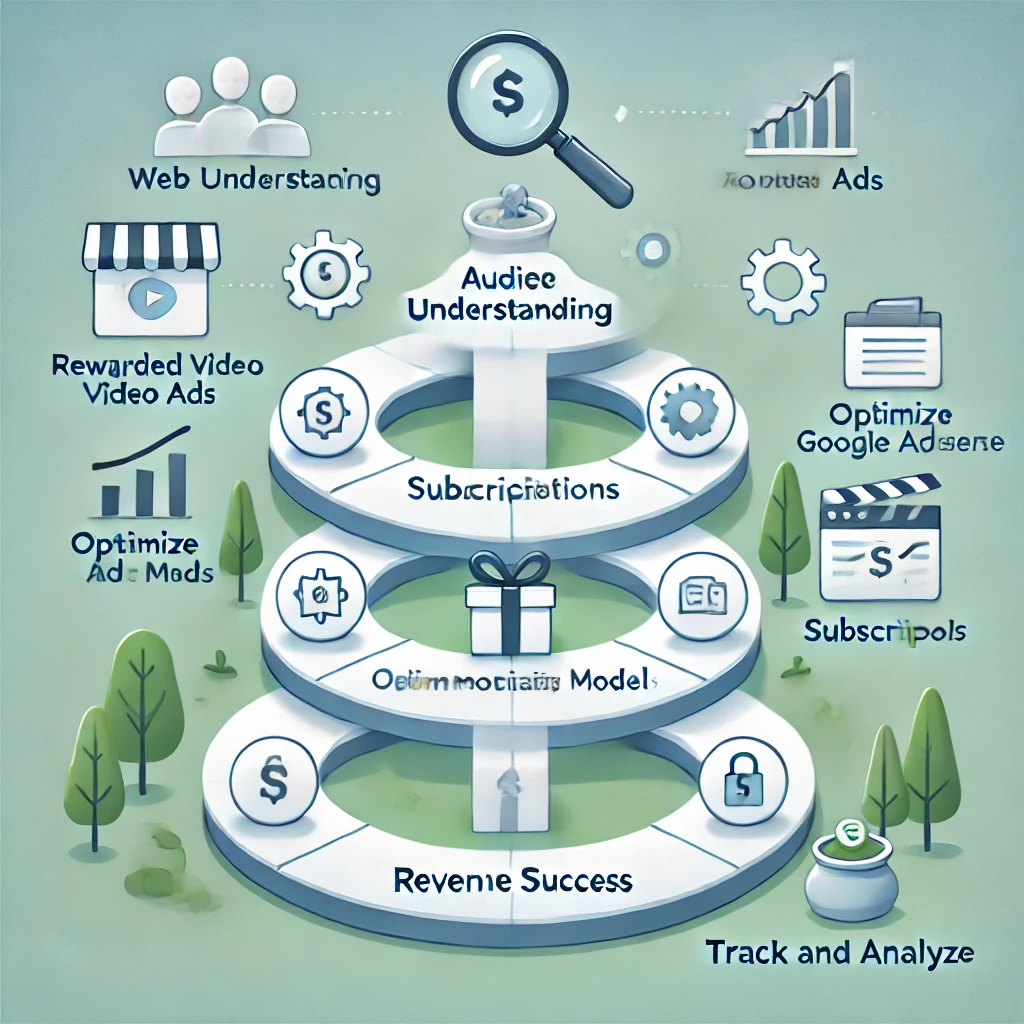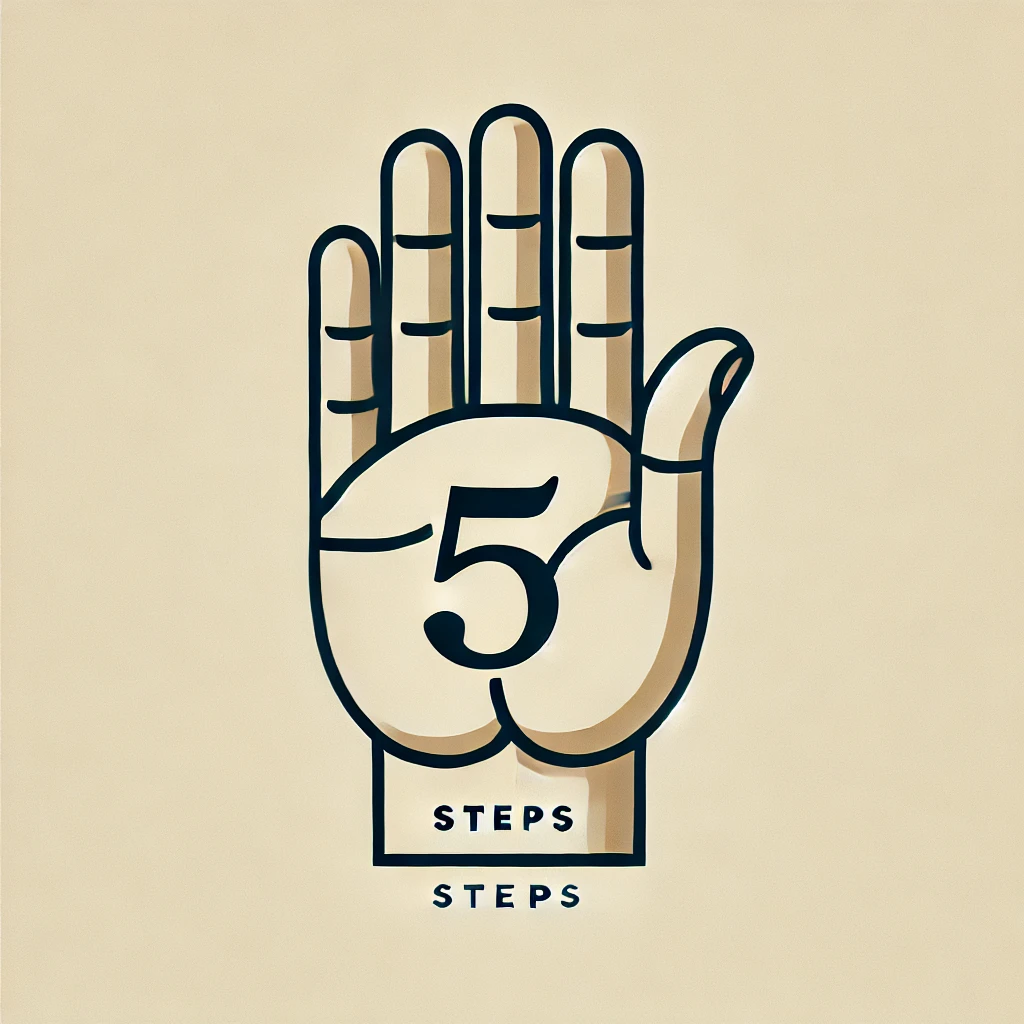Best Practices in Game Design and Monetization
Games are everywhere today. They’re played on smartphones and tablets. They’re available through web browsers. They’re played on PCs and Macs. They’re the entire point of consoles like the Xbox and the PlayStation. Additionally, for most non-console and non-PC games, monetization is a priority.
The industry has shifted from a pay-for-the-game model to a games-as-a-service model, and this has left game developers in a quandary. How do they build a game that’s worth playing, and how to do they actually make money on that game? Understanding the best practices of game design and monetization will help you chart your course forward.
Build for Players First
While there is an argument to be made for building toward monetization first, and your monetization plan should at least be present during the initial planning stages, you must build for players first. Anything less will result in low player retention and abysmal satisfaction levels. No matter what your monetization method might be, you cannot turn a profit if you cannot grow your player base.
Define Monetization Early On
As mentioned, you do need to at least plan for monetization early on. This means you need to know how you plan to go about it. Will you offer interstitial ads that play after a user completes an action, a la Words with Friends? Will you go with rewarded videos instead? Will you use in-app purchases? Require a subscription? Something else? Know what method you want to pursue, and then bake it into the game’s code from the very beginning. This helps ensure that you are able to make money from your monetization method, but also that your users receive a seamless experience.
Test, Test and Test Again
One of the most common reasons for players to drop a game and never return is a broken player experience. To avoid that fate, you need to test, test, and then test again. Every element of your game must be tested, and then retested. Test it on different devices, with different settings and under different conditions. A lack of testing, measuring and refinement will lead to a less-than-excellent game, and that’s not something you can afford. Remember that the gaming industry is more competitive than ever, and any game that does not deliver on the promises made by the title and marketing collateral (screenshots, marketing videos, ads and the like) is doomed to failure.
Engage with Your Players
It’s not enough to produce a great game, monetize it and then set it free in the wild. You need to be there, too. It’s vital that you (or at least a member of your team) is responsible for engaging with your audience.
Today’s gamers are more interested than ever in building a relationship with the brand behind the titles they play, but in order for that to happen, you need to be there for them to engage with. Be present on social media (Facebook and Twitter are musts, but there are other options like Snapchat and YouTube). Reply to messages and emails. Respond to chat requests or messages sent by players in game, too. In short, be a real person and your players will be more loyal.
Analytics Matter
Monetization is not something you can do once and then forget about. Some ads will perform well and then slowly slide downward. Some monetization methods might not work well at all with your audience. Some ads might regularly outperform others, offering a chance to boost profitability. The only way you’ll ever know about any of this is to measure analytics thereby gaining the insight you need to improve your gamer experience and increase monetization.
There you have them – some of the most important best practices when it comes to game design and monetization.





